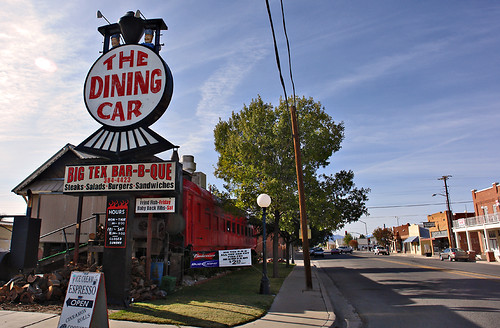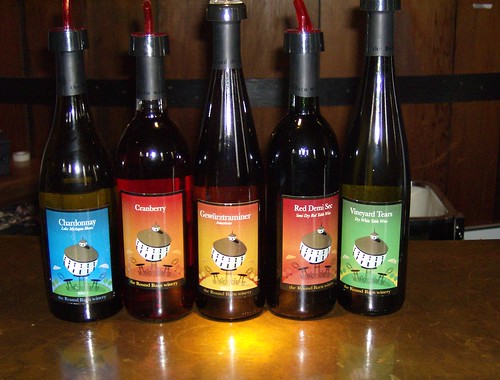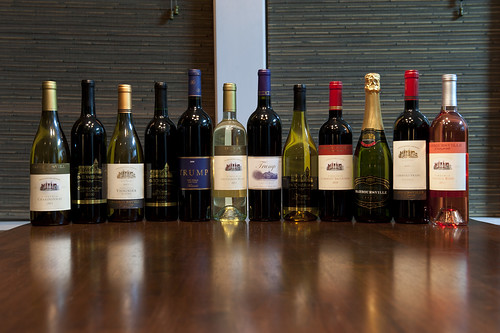There is a wine movement called the "Other 46" which basically says that states outside of the major wine producing states of California, Oregon, Washington and New York are able to produce great wine as well and deserve the same level of recognition. I thought it might be fun to share some of the leading areas in this "Other 46" movement since these areas are producing high quality wine, often at a much cheaper price than the states we know well already.
Secondly, these are great regions to visit because the wineries are often much smaller and you have better access to winemakers and vineyard owners. For most people looking to go on a wine tasting adventure, that access is what people really want.
Willcox Arizona: A generation ago, people thought the hot summer temperatures in Arizona would preclude high quality (or really any) wine from being produced. That opinion has changed partially because vintners have realized that planting the vines at higher elevations allows for lower average day time and night time temperatures, helping to give them a better chance at success.
They’re also pretty smart about putting tasting rooms within walking distance of each other and focusing largely on Rhone varietals or even Portugese and Spanish wine grapes which are more accustomed to these type of growing conditions. One of our favorite parts of visiting Willcox is their annual grape stomp festival. With so many wineries ending these type of events, it is nice to see a cooperative effort to bring people out and give them a good idea about what the winemaking process actually looks like.
Lake Michigan, Michigan: There are a number of states offering cooler growing environments that show promise, but Michigan continues to be our favorite. To start, they’re closely copying grape plantings and winemaking processes from both Canadian and European vintners. The focus here is largely on white wines, but those are being turned into sparkling wine (think Champagne) table wines that you’re already familiar with like Chardonnay as well as late harvest wine (ie dessert wines like Port).
We’re especially interested if they can continue to grow their production of ice wine, which is actually the most difficult wine to produce in the world. Basically a vintner has to allow the grapes to freeze while on the vine, only to squeeze out a single drop of juice from each grape. It’s incredibly labor intensive and risky, but the results are truly incredible when done well. Michigan has the opportunity and the climate to produce ice wine really well.
Virginia: Originally the home of the America wine industry thanks to Thomas Jefferson and his love of French wine. It took a couple of centuries, but vintners largely centered in and around his Menticello Estate are producing wines being rated consistently at 90 points or above according to major wine critics.
They originally tried to compete directly with California in terms of Cabernet Sauvignon and other grapes, but over the past few years they have moved increasingly to plant varietals more suited to their local climate. Grapes like Norton (yes the same as the jelly) and Norton are being incredibly well thought of by consumers and wine critics alike. Given that these grapes are also native to the United States, they’re worth an extra close look.
Featured images:
 License: Creative Commons image source
License: Creative Commons image source  License: Creative Commons image source
License: Creative Commons image source  License: Creative Commons image source
License: Creative Commons image source
Written by Mark Aselstine, owner of Uncorked Ventures a new type of wine club and gift basket business that actually spends time in wine country, meeting vintners and winemakers in order to deliver better wine to its customers.
















0 comments:
Post a Comment